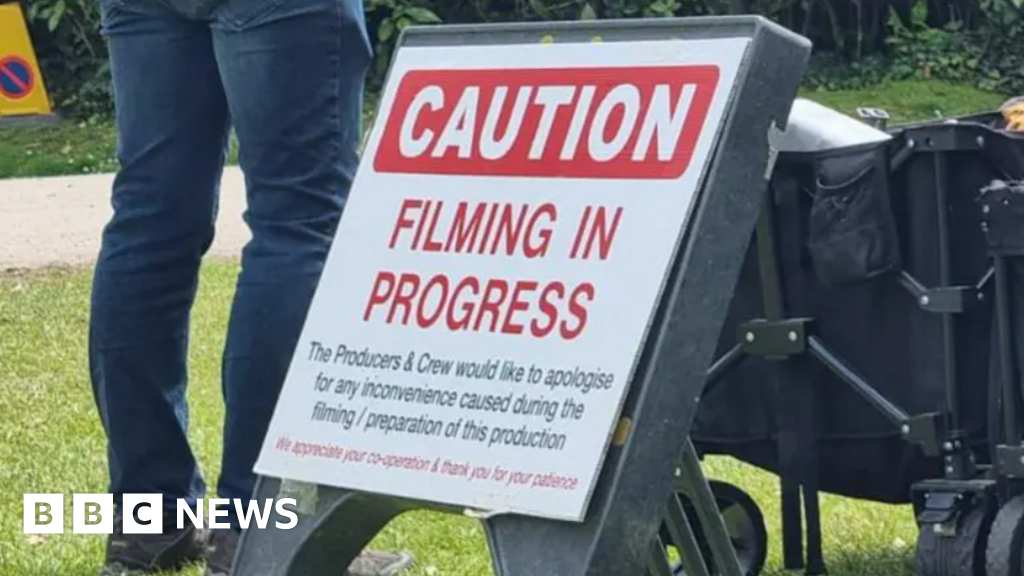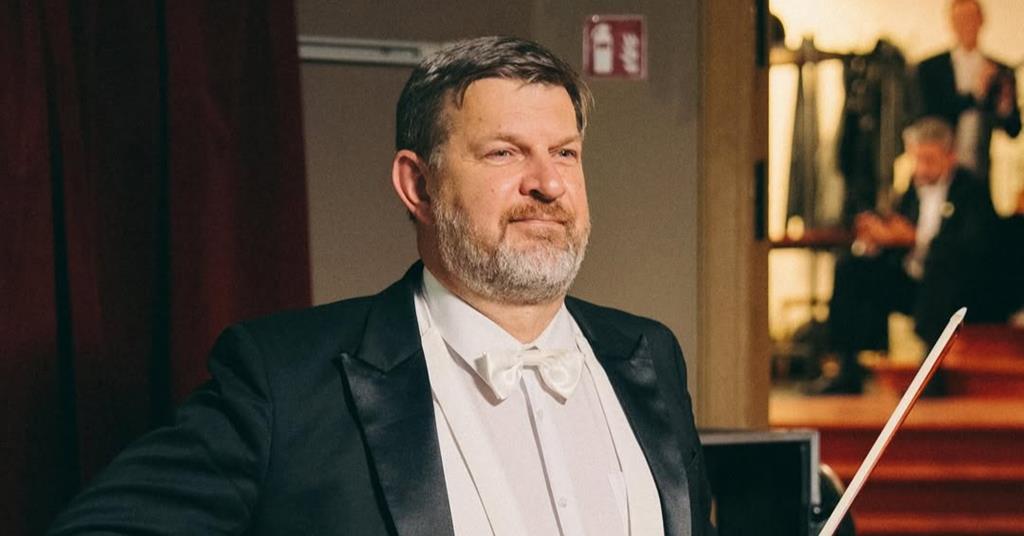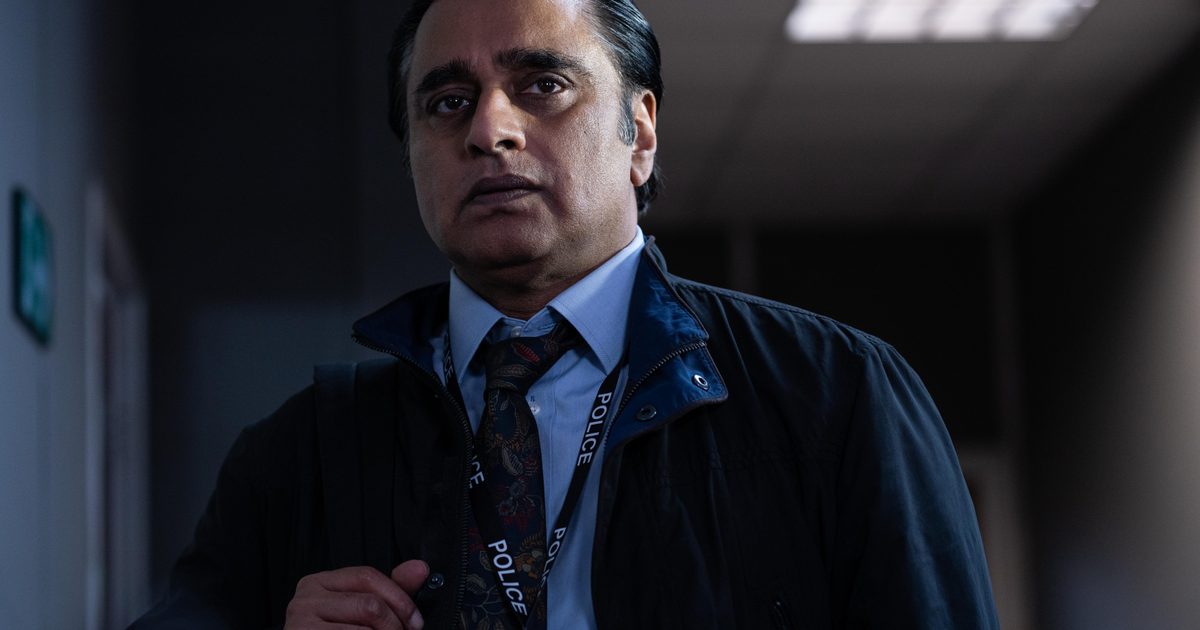Collective laboratory
The new extended programme has been met with excitement across the community of live immersive and interactive creators. However, not all changes to the event have gone to plan, and the event team was forced to change the…

The new extended programme has been met with excitement across the community of live immersive and interactive creators. However, not all changes to the event have gone to plan, and the event team was forced to change the…

Two groups are bidding to make Devon a more attractive prospect for the film industry.
Screen Devon and Mid Devon District Council are hosting a free event later this month with the aim of finding locations and services which could support film…

Read more news stories here
Violinist Alexei Moshkov has died aged 57. Moshkov was a renowned performer and teacher who was concertmaster of the Belgian National Orchestra for 27 years and also taught at the Royal Conservatoire Antwerp. Born…

The Scottish author Alasdair Gray once noted that cities like ‘Florence, Paris, London’ have inspired so much art that ‘nobody visiting them for the first time is a stranger because he’s already visited them in paintings, novels, history…

As filming continues on The Split Up, the new legal drama and spin-off to The Split, a major guest star has been announced, with Jameela Jamil joining the cast.
Jamil’s character has yet to be confirmed, but her appearance in the series was…

NOVEMBER 2024
PERU – Thalía Manrique Castillo – Cumbia singer; murdered when unknown individuals intercepted the bus in which she was traveling with her orchestra.
DECEMBER 2024
GAZA – Walaa Jumaa al-Afranj –…

The Los Angeles County Museum of Art (LACMA) celebrated its 14th annual Art+Film Gala on November 1, drawing nearly 600 big names from the worlds of art, film, fashion, and entertainment. This year’s bash paid tribute…

Read more Featured Stories like this in The Strad Playing Hub
If you were asked to name a Welsh composer who had written a violin concerto, whose name would come to mind? You wouldn’t be alone if you blanked on an answer.
Shining a…

British actress Jameela Jamil, best known for her turns in The Good Place and She-Hulk: Attorney at Law, is set to guest star in a six-part legal drama from the BBC.
Jamil will appear in The Split Up, set in the world of Manchester’s…